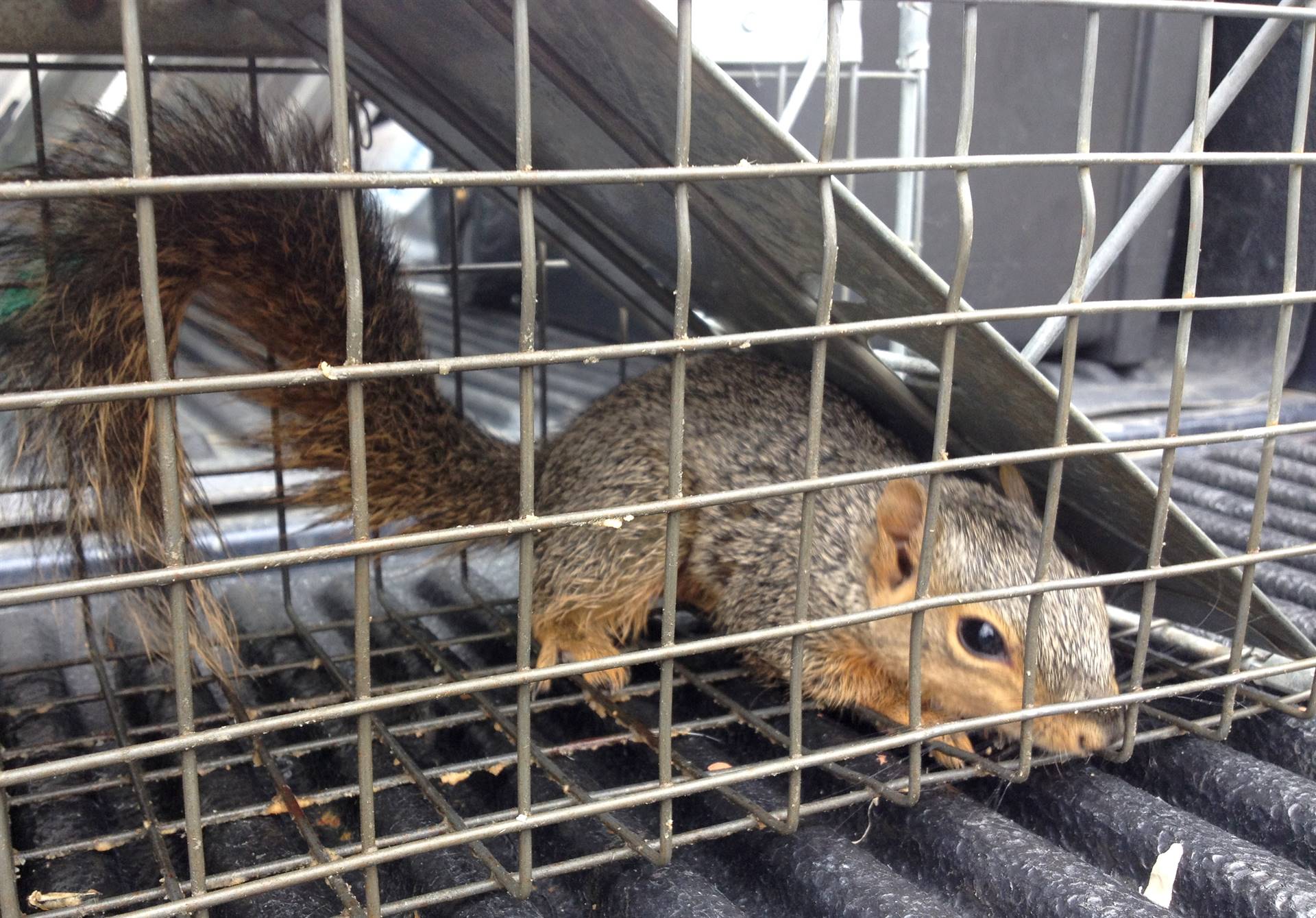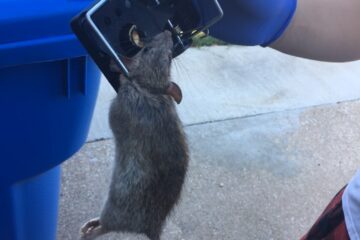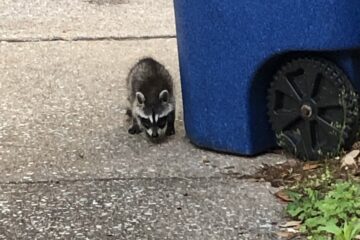Attempting to remove a squirrel infestation yourself may seem like an easy way to save money, but this often backfires badly. DIY squirrel removal puts you at risk of nasty bites or deep scratches that can transmit dangerous diseases. Rabies, typhus, fleas, mites, and ringworm are among the many illnesses squirrels can carry and pass to humans through close contact.
Traps you buy at a hardware store also run the risk of harming squirrels in inhumane ways, especially spring-loaded traps that clamp down on limbs and cause severe injury. If proper care isn’t taken, dependent baby squirrels may be orphaned as well. Without professional expertise on squirrel behavior and access points, you also likely won’t be able to fully seal off all their entryways into your home.
This leaves you vulnerable to recurring infestations even after spending time and money trying to remove them yourself. DIY methods seem cheaper on the surface, but the job is never really finished without professional exclusion work. Don’t put yourself in harm’s way – hire licensed wildlife control experts to ensure squirrel removal is done thoroughly, humanely, and safely.
How Squirrel Diseases Spread to People
Squirrels Harbor Numerous Harmful Pathogens
Rabies is perhaps the most infamous disease carried by squirrels. Their bites transmit the rabies virus, which infects the central nervous system and causes a horrifying illness that is nearly always fatal once symptoms appear. But rabies is far from the only squirrel-borne disease. Others include:
– Typhus – Spread through fleas and lice in squirrel nests. Causes high fever and rash.
– Leptospirosis – Bacteria in urine can enter body through mucous membranes and cuts. Involves fever, chills, vomiting, and diarrhea.
– Lyme Disease – Squirrels host ticks carrying the bacteria Borrelia burgdorferi. Ticks bite both people and squirrels.
– Salmonella – Squirrel droppings and nests teem with this bacteria causing diarrhea, vomiting, and abdominal cramps.
– Ringworm – Fungal skin infection manifesting as circular rashes from direct contact with squirrels.
– Plague – While rare, squirrels can contract plague bacteria from fleas and spread it to humans.
– Hantavirus – Contact with contaminated urine, feces, or saliva can spread this severe respiratory disease.
Diseases quickly spread to homeowners who attempt DIY squirrel removal without proper protective equipment and sanitation protocols. Don’t let the cuddly image of squirrels fool you – they frequently carry dangerous pathogens transmissible to humans.
Ineffective DIY Exclusion Efforts
Beyond disease risks, DIY squirrel removal often fails to provide a lasting solution. It takes an expert eye to locate the myriad entry and exit points squirrels use to infiltrate homes. Amateur exclusion attempts may seal off some visible holes, but fail to cover the actual access points squirrels rely on.
These wily rodents will simply chew new openings or find alternative routes back into your attic or walls. Partial DIY sealing actually exacerbates issues by forcing squirrels to nest in unsafe areas out of desperation. Populations left unchecked also continue breeding and chewing up insulation, wiring, and personal belongings.
For successful and lasting squirrel exclusion, the full perimeter of your home’s exterior as well as attic interior spaces must be thoroughly inspected. Trained wildlife professionals know exactly what to look for based on squirrel habits and behavior. They utilize one-way doors, humane trapping methods, and gnaw-proof barrier materials no squirrel can bypass. Don’t waste time on ineffective DIY exclusion – hire expert exterminators the first time.



